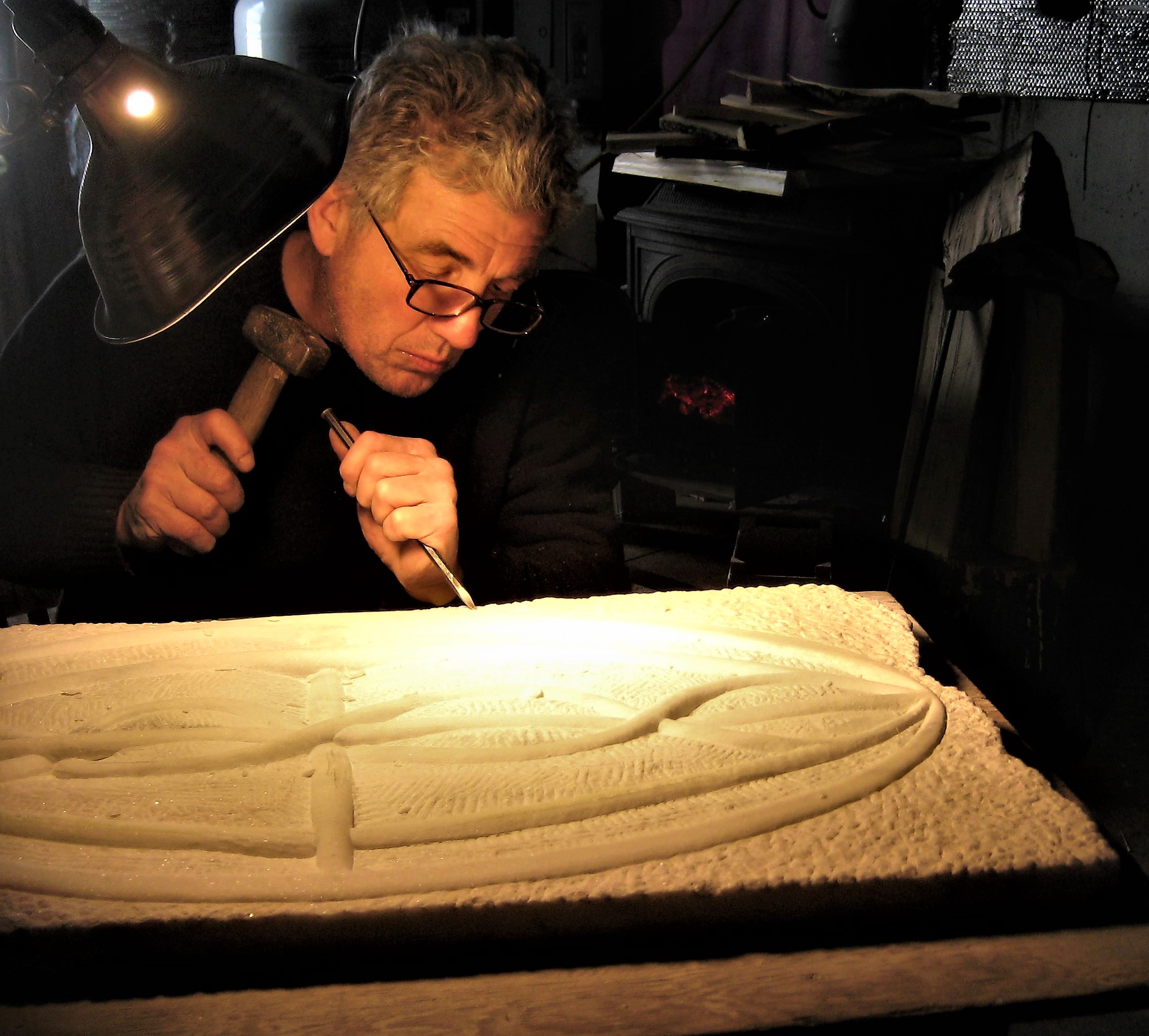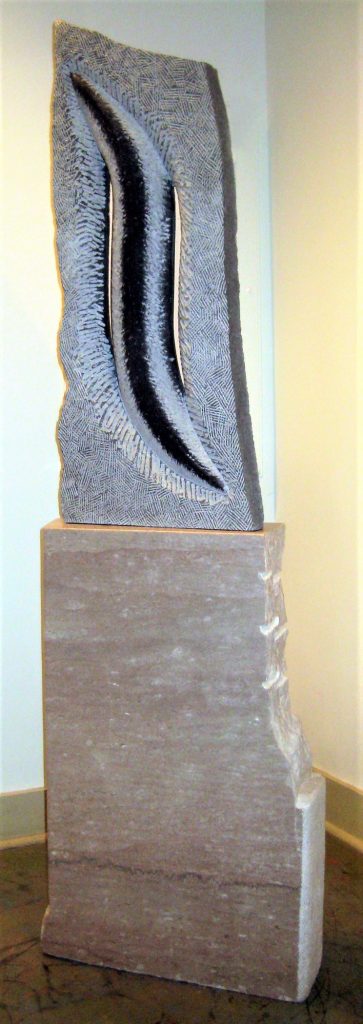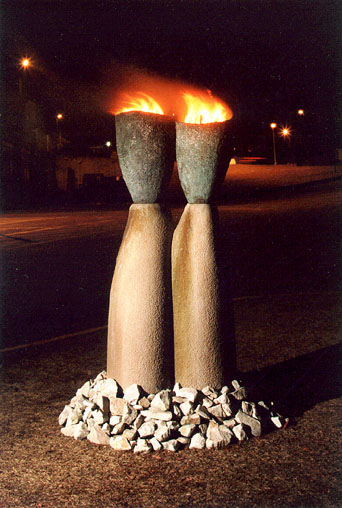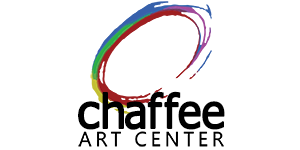22 Questions with Nick Santoro

1. Name: Nick Santoro
2. Age: 72
3. Hometown: Brooklyn, NY
4. How would you describe yourself in three words? Vital, creative, mystical
5. What’s something not a lot of people know about you? That I made the effort and took the time to clean up and reveal the Jesus-St.Joseph metal statue at St. Joseph’s College and straightened the bent marble bench so that it was visible from the road before construction begins next year
6. How do you start your day? With a prayer of gratitude for living in paradise
7. What’s the most adventurous thing you’ve done in your life? Immersing my psyche in dream work and shamanism
8. What’s your favorite food? A fresh vegetable soup that I make with a Magic Bullet Blender
9. Do you have a day job? No. I’ve been sidelined for about 15 months with spinal lumbar issues. COVID delayed my 3rd back surgery until September. 3 months later, my body is strengthening
10. What medium do you work in? Stone for 40 years, glued-together (painted) dimensional firewood blocks
11. Why this medium? As a young man its hardness provided me the perfect dense resistant material to creatively sublimate my deep anger, focus my natural athleticism and engage my kinesthetic/tactile/poetic sensibility to carve organic looking 3-dimensional shapes
12. What inspired you / how did it start? I first carved a piece of Indiana limestone at Corcoran Art School in 1977. From the moment the stone hammer I swung hit the point chisel and stone chips started flying releasing the oily smell from the 300,000,000 year old tiny fossils that comprise the sedimentary stone, I was compelled to shape stone as my adult calling
13. Do you have a process for creating? It varies with the material and intention of the creation. In some pieces I know from the onset what the piece will more or less look like. Here is another type of approach that depicts the gnostic process of synchronicity itself. The following narration describes why I consider the small sculpture ESSENCE (which is currently at the Chaffee) my best piece of stone carving from the hundreds I’ve shaped. From the mid-90’s, the main vertical stone of ESSENCE was a small untouched block of stone until 2006. Making something with it was in the back of my consciousness but never with a specificity. Sometime in the late-90’s a friend gave me a random piece of the same Tennessee pink limestone. There was never any intention to combine the 2 stones. About 10 years later, the characteristic veining of this type of stone called out to me to reduce the pink stone in order to raise the vein. The only connection was that they were quarried in Tennessee. What happened next was synchronistic perfection. Because the main vertical stone was too unstable to be shown without a base, I started looking around to see what seemed to work. When I chose the one given to me, not only was it the right size dimensionally (8 x 8″); it’s 3/4″ thickness didn’t overwhelm the small main carving. The main vertical stone sat well-centered on the base stone, AND, the veining of the vertical and base pieces magically matched up. Then I raised the veining of the base stone. In the case of this carving, the vein emerges at the front of the base stone, climbs up the main vertical stone, descends the other side, and exits out the rear of the base stone. The reason I esteem this small work and talk at length about it, is that the vein is like an umbilical connection with our primal and universal Great Mother Earth, “the ground of our being and the source of the grace that allows us to stand up and carry on” — Gary Lindorff
14. When are you the most inspired / what’s your favorite time of day to work? As I have aged, I rise earlier. During the early part of the day my spirit, mind and body are most clearly focused and creative
15. Which artists inspire you? Constantine Brancusi, Richard Serra, Georges Rouault, Michangelo Buonarroti
16. What do you listen to when you work? Birds, wind and rain in the summer; fire and rain in the winter and the usual background car, truck, ambulance, fire truck, railroad, barking, voice sounds
17. What are your thoughts on being an artist in Rutland? Being able to easily be in Nature by going to Pine Hill Park, Mead Falls or Mendon Creek (the source of Rutland’s water) on Wheelerville Road, etc., has given me an endless resource for creative inspiration
18. What’s your earliest memory of making art in Rutland? In 1990, when I worked on “Ancestral Torches” at The Carving Studio
19. Why do you think artists are attracted to Rutland? Its stone history, The Carving Studio, The Sculpture Trail, outdoor murals, pop-up galleries, easily reached by car and train, an urban location in a rural setting
20. Which arts organizations in town are you involved with and how has it impacted you? Over the course of 25-30 years the Chaffee Arts Center has exhibited my work and I have met many other artists and seen many unique expressions
21. What’s your favorite art exhibit/project you’ve seen in Rutland? Bill Ramage’s large Rutland drawings with himself as the lone subject
22. What would you like to see for the future of the arts in Rutland? From my 30 years here, the arts in Rutland need 6 components to thrive. First, making use of Amtrak to attract residents and visitors. Second, building a downtown hotel. Third, private investment like Mark Foley has made. Fourth, encouraging and subsidizing downtown retail artist studios. Fifth, exhibiting large contemporary sculptures along Routes 4 & 7. Sixth, re-unite the 4 communities of Rutland City, Rutland Town, West Rutland and Proctor to re-invigorate collaborative pride and enthusiasm for the Rutland region.


Click to view all the “22 Questions With” artists. Check back regularly for more!
